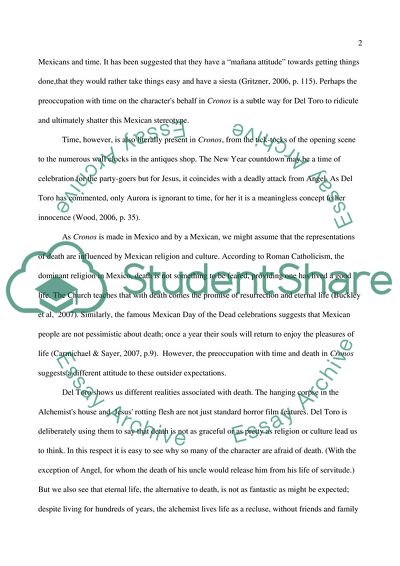Cite this document
(Latin American Cinema Coursework Example | Topics and Well Written Essays - 1250 words, n.d.)
Latin American Cinema Coursework Example | Topics and Well Written Essays - 1250 words. https://studentshare.org/visual-arts-film-studies/1734225-latin-american-cinema
Latin American Cinema Coursework Example | Topics and Well Written Essays - 1250 words. https://studentshare.org/visual-arts-film-studies/1734225-latin-american-cinema
(Latin American Cinema Coursework Example | Topics and Well Written Essays - 1250 Words)
Latin American Cinema Coursework Example | Topics and Well Written Essays - 1250 Words. https://studentshare.org/visual-arts-film-studies/1734225-latin-american-cinema.
Latin American Cinema Coursework Example | Topics and Well Written Essays - 1250 Words. https://studentshare.org/visual-arts-film-studies/1734225-latin-american-cinema.
“Latin American Cinema Coursework Example | Topics and Well Written Essays - 1250 Words”. https://studentshare.org/visual-arts-film-studies/1734225-latin-american-cinema.


